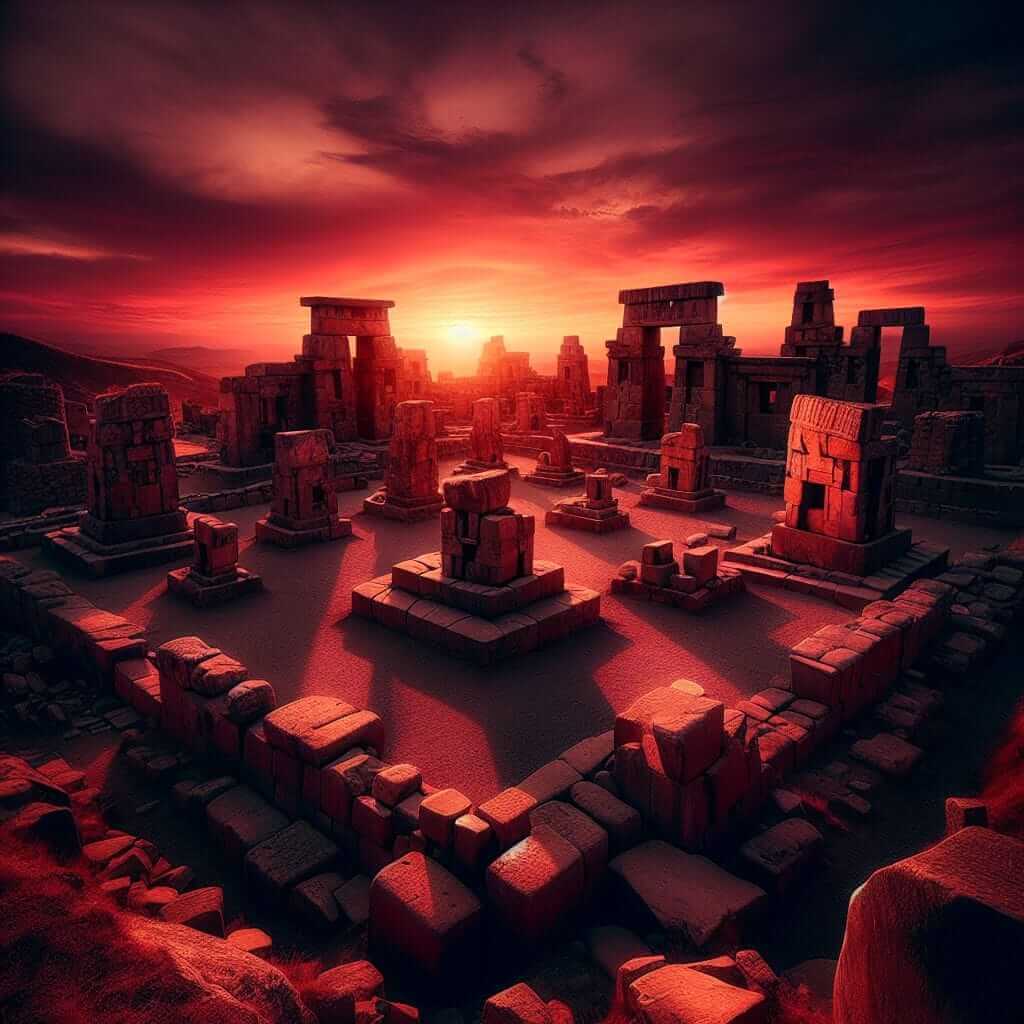The IELTS Reading section can be a challenging but rewarding component of the exam. With topics ranging from scientific research to social issues, examining the theme of “Cultural Heritage and Conservation” is not uncommon. This topic has appeared frequently in IELTS Reading passages, reflecting its relevance in today’s global discourse. Given its importance and recurring nature in IELTS exams, it’s beneficial for candidates to familiarize themselves with this theme. In this guide, we’ll provide you with a comprehensive reading passage on “Cultural Heritage and Conservation,” complete with questions and answers, as well as vocabulary and grammar notes.
Examining “Cultural Heritage and Conservation”
Reading Passage: Medium Text
Title: The Role of Cultural Heritage in Modern Society
Cultural heritage represents the legacy of physical artifacts and intangible attributes inherited from past generations. It includes buildings, monuments, landscapes, books, works of art, and artifacts. Preservation of cultural heritage is crucial for maintaining the identity and history of societies.

Efforts in cultural heritage conservation can be seen everywhere, from restoring ancient relics to preserving traditional music and dance. International organizations like UNESCO play a significant role in safeguarding cultural heritage through designations such as World Heritage Sites.
Conserving cultural heritage is not without its challenges. Urbanization, environmental changes, and lack of funding can threaten these priceless assets. For instance, climate change poses a severe risk to heritage sites through rising sea levels and increased natural disasters.
However, technology is providing new means to aid in preservation. Digital documentation and virtual reality offer innovative ways to capture and share cultural heritage, ensuring it is accessible for future generations. These advancements have enabled more comprehensive preservation efforts, accommodating both tangible and intangible heritage.
Community involvement is another critical aspect. Engaging local populations in conservation work helps ensure that cultural heritage is maintained and valued. Programs that educate and encourage grassroots participation have been successful in many regions around the world.
In conclusion, cultural heritage is a vital link to our past, providing insights into historical civilizations and fostering a sense of identity and continuity. As society continues to evolve, the conservation of these treasures remains a crucial undertaking, demanding collaborative effort and innovative solutions.
Reading Questions
Multiple Choice Questions
-
What is NOT included in the definition of cultural heritage?
- a) Traditional music
- b) Modern infrastructure
- c) Buildings
- d) Works of art
-
Which organization is mentioned as playing a significant role in safeguarding cultural heritage?
- a) UNESCO
- b) WHO
- c) UNICEF
- d) NATO
-
What new method is mentioned for aiding in the conservation of cultural heritage?
- a) Community festivities
- b) Digital documentation
- c) Increased tourism
- d) Environmental pollution
True/False/Not Given
-
Urbanization poses a threat to cultural heritage.
- True
- False
- Not Given
-
The passage states that community involvement is unnecessary in heritage conservation.
- True
- False
- Not Given
-
Climate change only affects tangible heritage sites.
- True
- False
- Not Given
Answer Keys and Explanations
Multiple Choice Questions
- b) Modern infrastructure – Modern infrastructure is not part of cultural heritage as it pertains to contemporary constructions not inherited from past generations.
- a) UNESCO – UNESCO is highlighted as an organization involved in protecting cultural heritage.
- b) Digital documentation – The passage mentions the use of digital documentation as a novel aid in preservation efforts.
True/False/Not Given
- True – The passage indicates that urbanization is one of the threats to cultural heritage.
- False – The passage emphasizes the importance of community involvement in conservation efforts.
- False – Climate change affects both tangible and intangible heritage, as noted in the passage.
Common Mistakes in Reading Comprehension
A common pitfall in the IELTS Reading section is failing to identify all aspects of the question. For example, misinterpreting the scope of what constitutes cultural heritage. Another frequent error is misunderstanding the author’s perspective, especially in True/False/Not Given questions.
Vocabulary
- Artifacts (noun): /ˈɑːrtɪfækts/ – Objects made by humans, typically of cultural or historical interest.
- Safeguarding (verb): /ˈseɪfɡɑːrdɪŋ/ – Protecting something from harm.
- Urbanization (noun): /ˌɜːrbənəˈzeɪʃn/ – The process of making an area more urban.
- Intangible (adjective): /ɪnˈtændʒəbl/ – Unable to be touched or grasped; not having physical presence.
Grammar
Complex Sentences in Reading Passages
- Example: “Conserving cultural heritage is not without its challenges, such as urbanization and environmental changes which can threaten these priceless assets.”
- Explanation: This sentence contains a main clause and a subordinate clause introduced by “such as.”
Tips for High Scores in IELTS Reading
- Practice Regularly: Engage with a variety of reading materials to enhance comprehension skills.
- Expand Vocabulary: Build a strong vocabulary foundation, particularly around common IELTS topics.
- Time Management: Balance your time per question to ensure you complete all sections within the allocated time.
- Skim and Scan: Develop efficient reading strategies to quickly identify key information.
- Review and Reflect: Analyze your mistakes critically to understand where and why you went wrong.
By focusing on these techniques and thoroughly practicing with relevant reading materials, such as the passage provided, you can improve your performance in the IELTS Reading section. For deeper exploration of related themes, check out our articles on the challenges in managing cultural heritage sites and cultural heritage and sustainability.